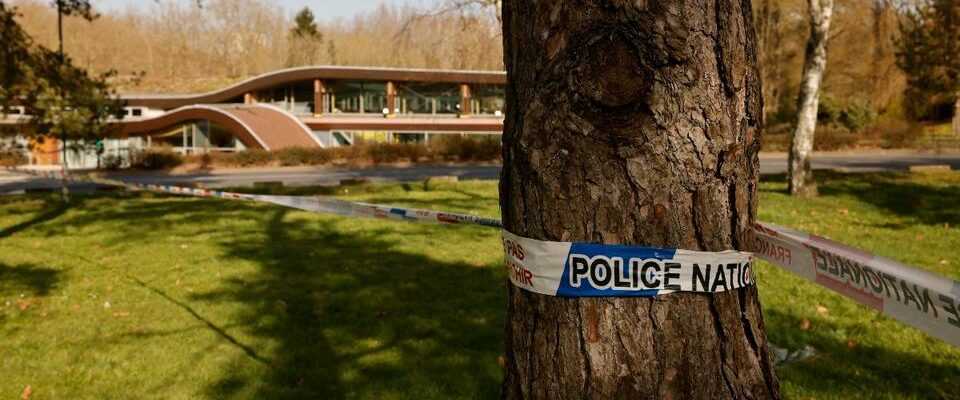It is the French department which concentrates the greatest number of brawls: in 2020, Essonne was the scene of a quarter of the clashes between rival gangs that occurred in the country. An alarming observation for the president of the departmental council, François Durovray, and the local elected officials, who called on the State for help, feeling neglected by the public authorities.
Longjumeau, Draveil, Mennecy, Sainte-Geneviève-des-Bois, Brétigny-sur-Orge, Boussy-Saint-Antoine, Saint-Chéron, Saint-Michel-sur-Orge… All these towns have two points in common: that of being in Essonne (91) and that of having been the scene of violent clashes between rival gangs. Clashes that have led to the death of several teenagers in recent years.
The Head of State invited to come to Essonne
A “global phenomenon”, according to local elected officials, which is not restricted to Essonne, but which particularly affects the department. So much so that 176 elected Essonne residents, “of all political leanings”, decided to call on the State to “denounce”, as the president of the department François Durovray underlines, “the understaffing of the public services of the State “.
Whole, in a grandstand published in Le Monde at the beginning of the month, they thus asked the President of the Republic “to begin his new mandate with a strong act, […] to come to Essonne and officially commit to increasing the number of State public services for law enforcement, justice and education” in order to “give prospects” to young people .
“It is not acceptable that our territory remains so clearly understaffed in the public services of the State”, they write, citing the lack “of teachers, supervisors, school doctors or child psychiatrists”, which prevents us from “offering our young people the necessary bases for social integration and promotion, vectors of cohesion and success”.
Or the lack of “police and gendarmes to prevent crime and violence and to apprehend those who contravene the laws of the Republic, rot the life of our neighborhoods and pervert increasingly young children”.
But above all the “deficit of magistrates to bring a sanction, even symbolic, to the young people who have been arrested”. With one observation: “delinquents are too often released without any criminal response, leaving them with a feeling of impunity which pushes them to continue their misdeeds”.
Announcements too quickly forgotten?
In June 2021, the government had nevertheless presented a major plan to fight against brawls. On the program: the creation of mediator posts in police stations and gendarmeries, enhanced monitoring on social networks, increased police presence in the field and finally, the implementation of “bans on appearances” as an alternative to prosecution, which allow to remove a young person from a gang.
A few months earlier, in March, the Minister of Justice Eric Dupond-Moretti had spoken after an inter-ministerial meeting on the phenomenon of brawls between rival gangs. The Keeper of the Seals then considered that “juvenile justice [était] out of breath”, announcing that he had “reformed the criminal justice code for minors”, considered “far too long”.
Thanks to this reform – which was to come into force in September 2021 – the minister thus saw the way to accelerate “the judicial response”, which was to intervene “very quickly”. Much faster than the current deadlines. At the same time, Jean Castex had also announced a specific plan for Essonne, which elected officials are still waiting for.
129 clashes in 2021
In 2021, 129 clashes were still recorded in the department. “These are tribal conflicts between two groups, unrelated to drug trafficking, it’s pure violence”, explained to AFP the vice-president of the department in charge of security Alexandre Touzet.
“Today you are going to say something to the little ones, they don’t care. They are “matrixed”, they are there in the delusions of clips, they have a knife in their bag …”, thus testified a young woman this Thursday on France Info.
A violence rooted in morals therefore, with increasingly young protagonists, according to the prefect Eric Jalon. “We have young people who each grow up in their neighborhood and find themselves mixed in college or high school,” he says, believing that they should “have had activities together before arriving at college”.
